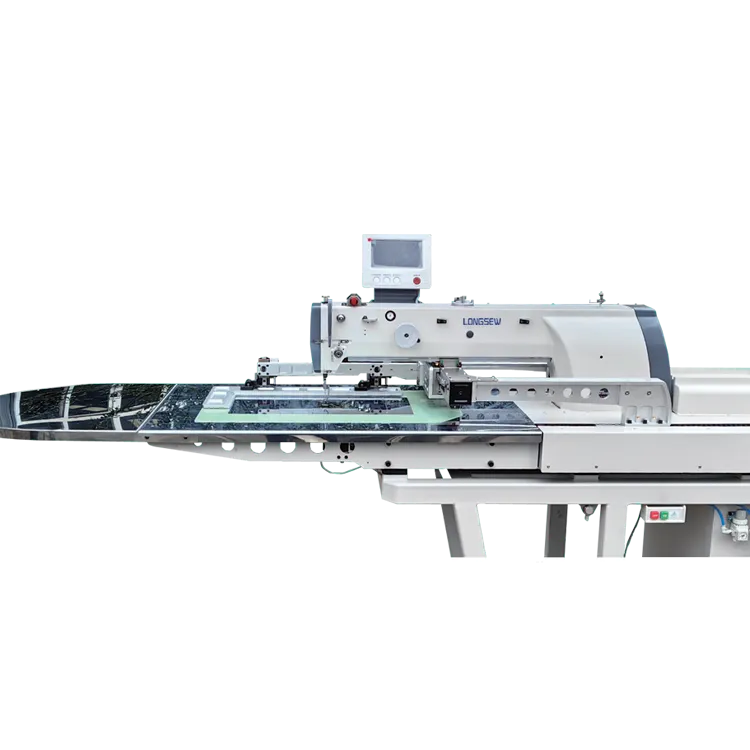sewing thick fabric on sewing machine
Sewing Thick Fabric on a Sewing Machine Tips and Techniques
Sewing thick fabric can be a daunting task for many crafters, but with the right techniques and tools, it can become an enjoyable and rewarding experience. Whether you're working with heavy denim, upholstery fabric, or layers of quilt batting, mastering the art of sewing thick materials requires a bit of preparation and the right approach.
Choosing the Right Sewing Machine
One of the most important factors in successfully sewing thick fabrics is selecting the right sewing machine. A machine designed for heavy-duty use will typically have stronger motors and can handle thicker threads and needles. Look for machines with adjustable presser foot pressure, as this feature allows you to accommodate various fabric thicknesses easily.
Selecting Appropriate Needles and Thread
When working with thick fabrics, using the right needle is crucial. Heavy-duty needles, often labeled as jeans or denim needles, have a thicker shaft and a sharper point, which help penetrate multiple layers of fabric without bending or breaking. A size 90/14 or 100/16 needle is usually recommended for thick materials. Additionally, choose a strong thread, such as polyester or heavy-duty cotton, to ensure strong seams that can withstand wear and tear.
Preparing the Fabric
sewing thick fabric on sewing machine

Before sewing, it’s essential to prepare your fabric properly. Pre-wash and iron the fabric to pre-shrink it and eliminate any wrinkles. When cutting thick fabric, use sharp scissors or a rotary cutter for clean, precise edges. Pinning is also vital when sewing multiple layers; use heavy-duty pins or clips to secure the fabric in place to prevent shifting while you sew.
Adjusting Machine Settings
Adjusting your sewing machine's settings can make a significant difference when working with thick fabrics. Start by selecting a straight stitch and increase the stitch length to help navigate through multiple layers more smoothly. Lowering the presser foot pressure can also assist in achieving even stitches without damaging the fabric. If the machine struggles to feed the fabric, consider using a walking foot to help guide the layers evenly through the feed dogs.
Sewing Techniques
When sewing, take your time and avoid rushing. Sew at a slower pace to maintain control, especially around corners. If necessary, lift the presser foot and reposition the fabric to ensure accuracy. After sewing, always backstitch at the beginning and end of seams to reinforce them.
Conclusion
Sewing thick fabric may present challenges, but with the right tools and techniques, you can achieve professional-looking results. By selecting the appropriate sewing machine, needle, thread, and adjusting your settings, you’ll be well on your way to creating beautiful projects with heavy materials. Happy sewing!
-
Zigzag Sewing MachineNewsMay.12,2025
-
Single Needle Sewing MachineNewsMay.12,2025
-
Overlock Sewing Machine PriceNewsMay.12,2025
-
Heavy Duty Industrial Sewing MachineNewsMay.12,2025
-
FIBC Sewing MachineNewsMay.12,2025
-
Cylinder Bed Sewing MachineNewsMay.12,2025
-
Revolutionizing Sewing with CNC TechnologyNewsMar.28,2025





























